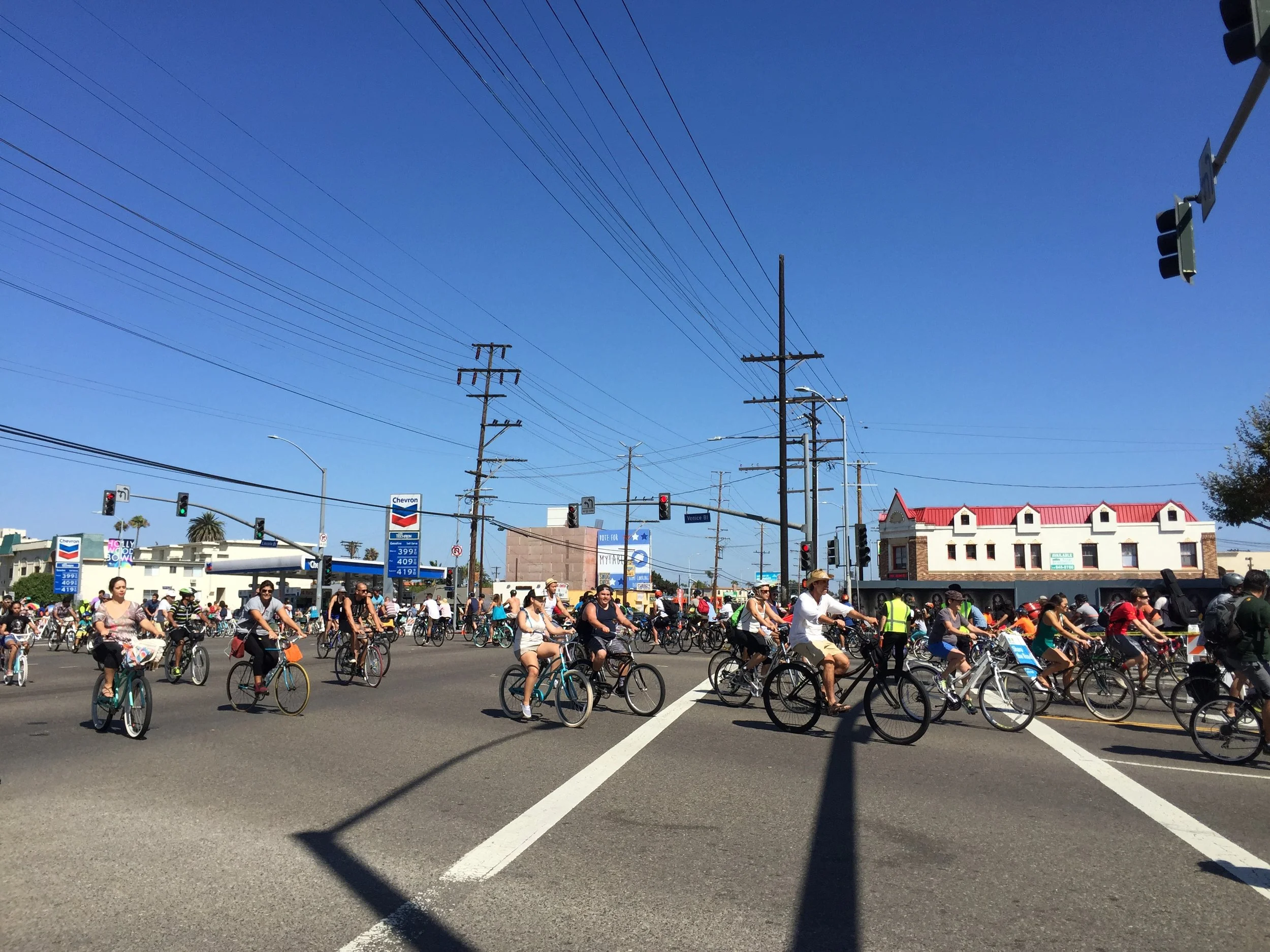Experiencing The New Wave Of Sensory Deprivation
To focus your mind, practice yoga or guided meditation. To expand your mind, try an hour floating naked in the personal abyss of a sensory deprivation tank.
Also called "isolation therapy," "Restricted Environmental Stimulation Therapy (REST)," or by its lighter, modern moniker "flotation therapy," the brain-stimulating experience dating back to the '50s has reemerged as a holistic health treatment at spas like the new Pause float studio in Marina del Rey. Sensory deprivation is not actually as frightening as it sounds, nor is it as dangerous as it appears to be in pop culture depictions like the Netflix hit sci-fi series 'Stranger Things.'
No spoilers here, but for those who haven't watched the '80s-throwback thriller, a young girl with telekinetic powers submerges into sensory deprivation tanks to heighten her senses and access a hellish parallel universe in the hope of helping her friends.
You won't encounter monsters from another dimension, at least not on your first float, but it's true what the show reveals about the early days of experimentation—test subjects fully submerged in tanks wearing goggles and astronaut-like helmets to breathe. Super creepy stuff. Or, as one character describes it, "Real hippie shit."
Pause float studio on Washington Blvd. brings flotation therapy in a spa setting to the Westside.
Flotation tank inside a private suite.
The technology is much more refined today. When I walk into Pause for my first float session, it looks like a modern spa with muted neutrals, the soft curvature of natural wood paneling and hushed light. I'm greeted by owner Jeff Ono, a Mar Vista local, who prior to opening this studio was the marketing director at Equinox. Already well versed in the latest health and wellness trends, Ono knew about flotation therapy but hadn't tried it until a trip to Canada about four years ago. Relieved from back pain and feeling both physically and mentally recharged, he was hooked after his first session and began to explore the science behind it. As new research mounts, flotation therapy has expanded well beyond its roots in mysticism to treat physical pain, sleep disorders, anxiety and depression, and even to enhance athletic performance.
"Some people float in the morning to clear their minds and feel refreshed," says Ono. "Others come in after work to relax and help get a better sleep. There are so many benefits."
At $75 per session, the cost of floating for an hour is comparable to getting a massage or acupuncture.
Once inside my private suite, I opt to begin my float with a pre-recorded meditation and the tank light turned on, an easy transition for anyone who feels panicked about shutting themselves into the womb-shaped vessel. The water is only about a foot deep and skin-temperature so it's neither cool nor warm. It doesn't feel like anything, and it's saturated with about 1,000 pounds of Epsom salts so when you lie down, you immediately bob to the surface.
I could have continued with ambient music, but embracing the whole sensory deprivation aspect of the experience, I let the tank go silent and press a large button on the interior wall to turn off the light.
In this state, disconnected from physical senses, does the mind's eye focus more clearly? Neuroscientist John C. Lilly first tested sensory deprivation in 1954 and continued his work for decades, often on LSD, detailing in several books the litany of mental, emotional and physical benefits. Lilly recounted personal experiences of reaching the innermost depths of consciousness and affirmed extraterrestrial and interspecies communication.
At times in my tank I feel disoriented, almost as though I'm not in water but suspended in air and slowly spinning. Apparently it's very common to see specs or waves of light, and I do too, but nothing that I would call a hallucination. I think about the girl in 'Stranger Things,' which leads to a cameo vision of Demogorgon and I have to quickly un-think those thoughts. Whatever crosses my mind in there appears very real in the blinding darkness. To regain my bearings, I touch the side of the tank or splash my hand to break the silence. I don't think I've accessed any new dimensions, but I do get to that magic space, half awake and half dreaming, known as the Theta state.
The Theta state is supposed to be where creativity flourishes, the feel-good-hormone dopamine rises, and the stress-hormone cortisol drops. As your brain has a field day, your body relaxes completely, weightless and relieved of every strain or pull. These are the benefits bringing flotation therapy into the mainstream, and spa-like studios like the one Ono introduced closer to home, are making it easier and more inviting for the curious to try.
After an hour, the lights slowly turn on and the same voice from the earlier meditation eases me back into a wakeful state. There's minty shampoo and body scrub, aromatics to charge the senses, and after an hour of essentially soaking in a super-concentrated Epsom salt bath, my skin feels soft too.
There's hot green tea waiting for me in a candlelit lounge where I take a few minutes to ease back into the morning. My eyes feel heavy but in a good way, like when I wake up from one of those rare, deep uninterrupted sleeps.
Pause Float Studio // 13353 West Washington Washington Blvd., Marina del Rey, 90066
Photos // Stranger Things, Netflix; Pause Float Studio










